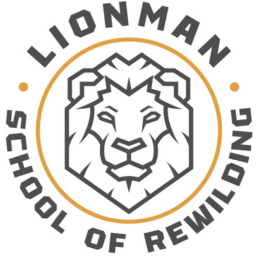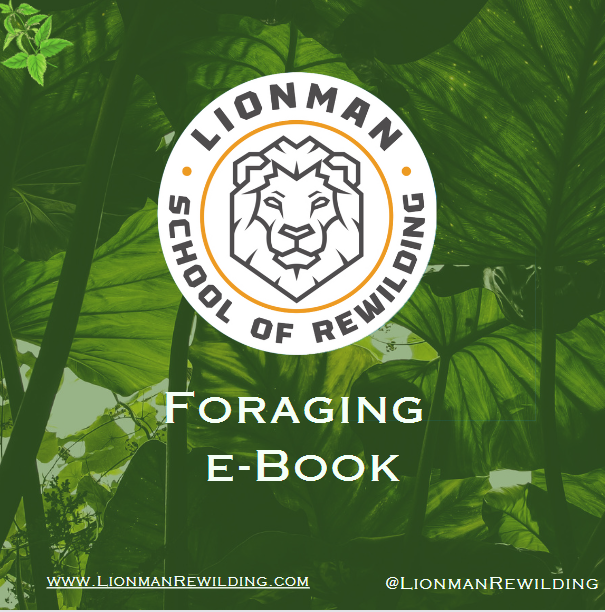Write your awesome label here.
People sometimes don't get plants, and I'm still learning too.
But I know plants are our friends, and they want to help us. Imagine a world with even more trees and forests than we have now – that would be awesome!
But I know plants are our friends, and they want to help us. Imagine a world with even more trees and forests than we have now – that would be awesome!
Write your awesome label here.
But why don't we have that?
It could be because we need to eat more different kinds of plants. When you walk in the woods, the plants look at you; each is special.
A "species" is a word for groups of living things that can have babies together. Like a dandelion, it can have baby dandelions but can't have a baby with an oak tree. So, they are different species.
Write your awesome label here.
Now vs Before:
Write your awesome label here.
"New" Trend
There has been a resurgence of indigenous peoples returning to their ancient ways of eating and harvesting food, which is an inspiring trend. Why does this matter? Plants have unique stuff called phytochemicals that are good for us, and wild plants have different ones than the ones we usually eat.
There’s a saying, “Let food be thy medicine and medicine be thy food.” This rings true to me nowadays, as the line between food and medicine blurs. How does this relate to domesticated plants and wild plants? These phytochemicals are produced more in wild plants because they aren’t heavily weeded, watered, and protected. Certain caveats exist, given indigenous groups' wide breadth and food strategies. However, we can say that the lettuce you buy at Whole Foods is not nearly as nutritious as the wild-lettuce that grows in the nearby forest.
There’s a saying, “Let food be thy medicine and medicine be thy food.” This rings true to me nowadays, as the line between food and medicine blurs. How does this relate to domesticated plants and wild plants? These phytochemicals are produced more in wild plants because they aren’t heavily weeded, watered, and protected. Certain caveats exist, given indigenous groups' wide breadth and food strategies. However, we can say that the lettuce you buy at Whole Foods is not nearly as nutritious as the wild-lettuce that grows in the nearby forest.
Write your awesome label here.
Plant & Food Safety
Please be careful and study the plants before picking them. Take care of nature because it's all we have. If you are interested in learning more about plant identification, harvesting, and care, join our online LMSR Plant Foraging Course at LionManReWilding.com to help people learn more about plants and not fear them when they enter the forest. Knowing about plants is powerful!
Click To View All LMSR Courses
Click To View All LMSR Courses


